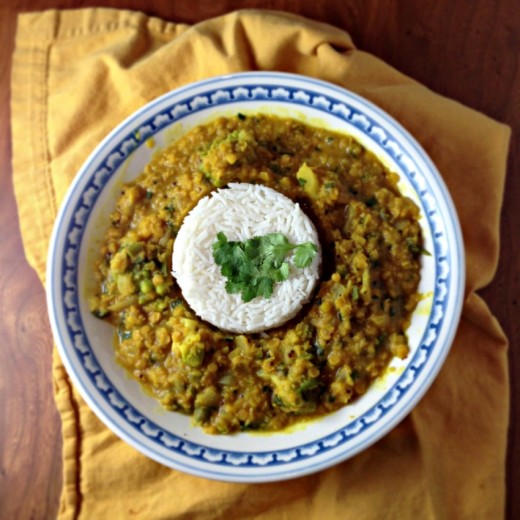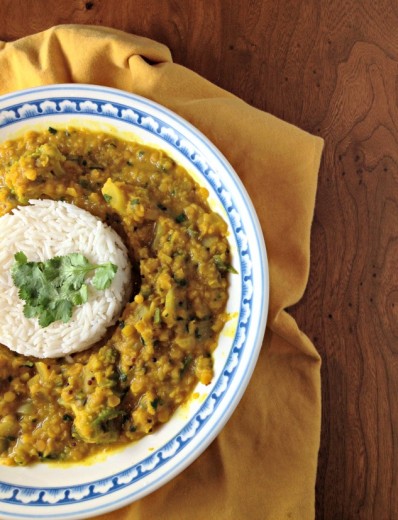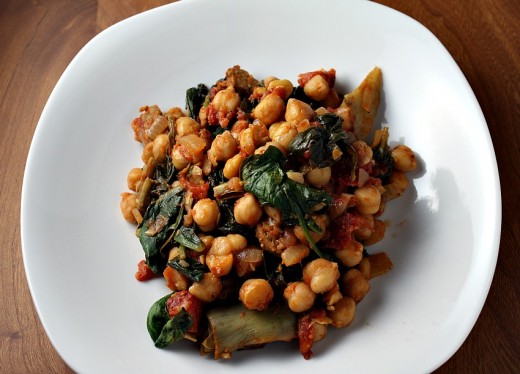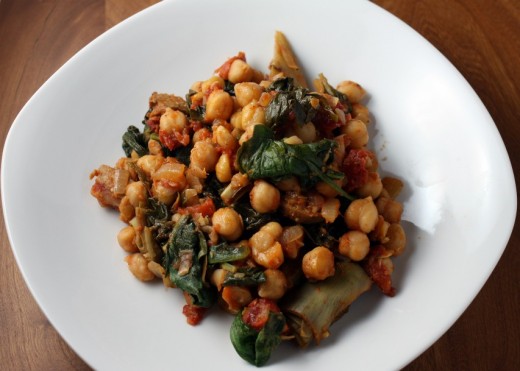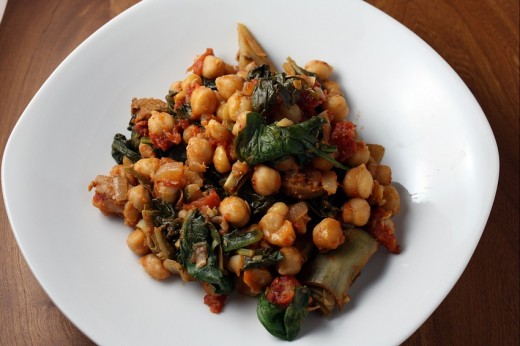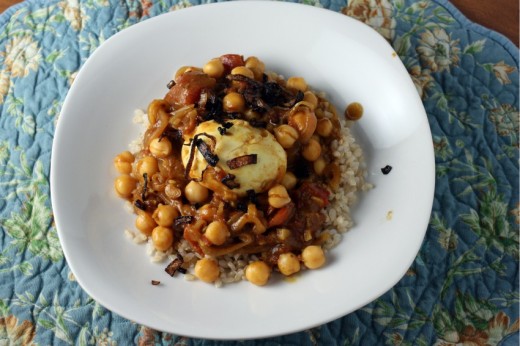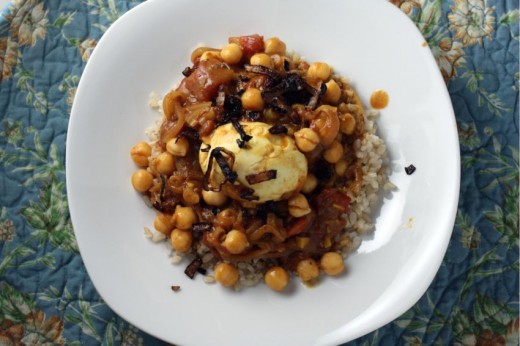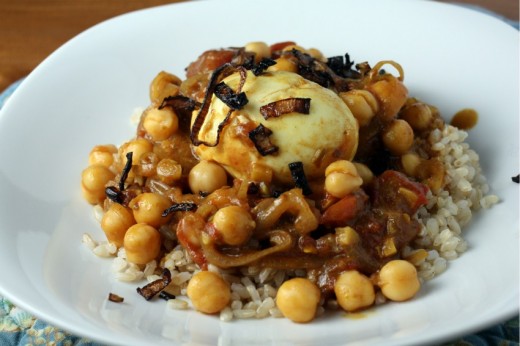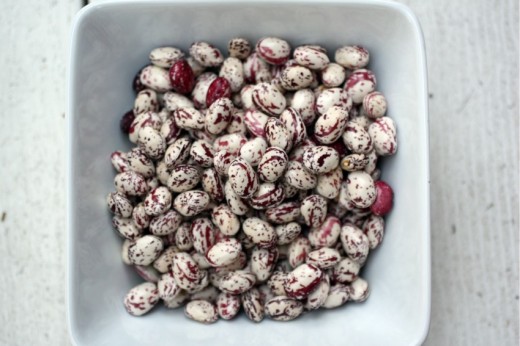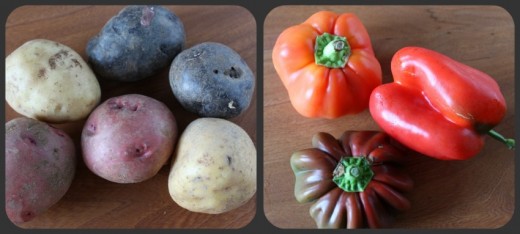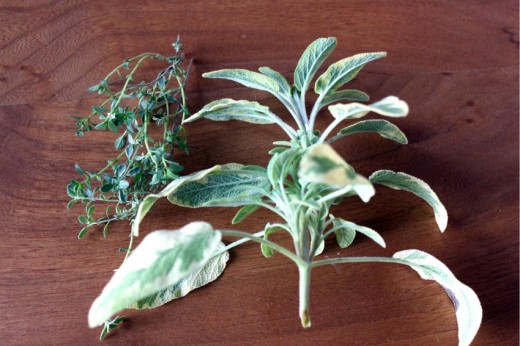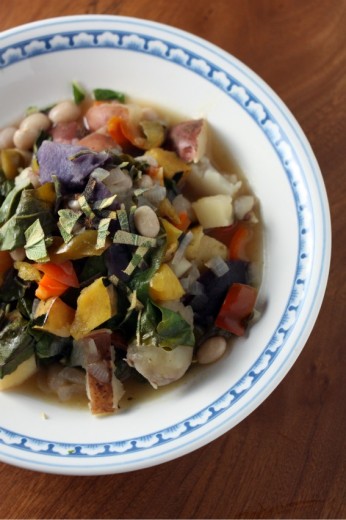I know. A few more salads and I’m going to have to change the name of this site to Dana Salad. I can’t help it. I love salad and it is salad season. Actually, in California it is always salad season. I’m making a name for myself as a good cook and baker in my community and some people have even called me a salad master. This is serious stuff. It is all because of inspiring produce and my experience – years of making lots of salads.
This beauty grew out of having a well-stocked refrigerator. Most cooks will tell you that having a well stocked pantry is the key to cooking on fly but in my life, I need produce in the fridge too. I shop for specific meals I am making but I also just kind of buy what I like. This goes for cheeses too. I regularly go to the Cheeseboard Collective, an incredible cheese shop in Berkeley, and just buy chunks of things that speak to me. Having a couple of good cheeses can make something decent into something special.
I needed a salad to bring to a kindergarten end-of-the-year potluck. In my head I had a couscous dish that my mom used to make. It is entirely too boring for me to recount the ways in which I changed this dish, so much so that my version only resembles the original in the dressing, but I think it is important to note that it was so very good because I had bits of pieces of some of my favorite things on hand. Why did I buy three ears of corn at the market? Because they looked good and we love corn. I had no dish containing corn on the menu that week, but we like corn and I figured I would use it somehow. Just that one decision added deliciously to my salad. I cook so much and always seem to be making food to share, that even impulse purchases almost always get used up.
So what is going on here? Israeli couscous, chunks of carrot, cherry tomatoes, chickpeas, and the kicker – haloumi cheese. In my mind I was going to use feta but it turned out that I used the last of it in this salad. Because I love haloumi, I always have some in my cheese drawer. I like to be able to fall back on this appetizer, especially now that I have a lemon tree to draw from. I used to stockpile it a bit because it was not always that easy to find but that is changing. Whole Foods is a pretty reliable source as is any well-stocked cheese shop and just today, I found it at Trader Joe’s, pre-sliced and about $5. I’ve never paid less than $10 so that is a huge deal.
Two Years Ago: Mandelbrot, My Mostly Not Potato Salad, Gnocchi with Morels and Spring Peas
Three Years Ago: Brown Rice with Tempeh and Tahini Sauce, Pasta with Chickpeas, Chili-Cheese Gratin Sandwiches
Four Years Ago: Spicy Chickpeas with Ginger and Kale, Chilled Avocado Soup, Grilled Vegetable Quesadillas
Five Years Ago: Barefoot Contessa’s Brownies, Curried Red Lentil Stew, Feta and Ricotta Cheese Pie
Israeli Couscous Salad with Haloumi and Mint Vinaigrette
Dana Treat Original
Serves 8 or more
The corn is not cooked in this recipe. I like the crunch of raw corn but if you have leftover cooked (or grilled!) ears of corn, by all mean use them. I would never normally rinse Israeli couscous but doing so keeps it from clumping.
For the Mint Vinaigrette:
¾ cup mint leaves, plus a few more for garnish
3 tbsp. white wine vinegar
1 garlic clove, roughly chopped
1 tsp. Dijon mustard
¼ tsp. sugar
½ tsp. kosher or sea salt
2/3 cup olive oil
For the salad:
1½ cups Israeli couscous
1 package haloumi cheese, cut into ¼-inch thick slices
1 bunch scallions, white and pale green parts only, thinly sliced
2 medium carrots, peeled and cut into very small chunks
2 ears of corn, shucked, kernels stripped off the cobs
½ pint cherry tomatoes, halved
1 14-ounce can chickpeas, drained and rinsed
Make the vinaigrette:
Place everything except the olive oil in a blender jar. Blend to a paste. You might have to scrape down the sides of the jar. Through hole in the top, slowly pour in the olive oil, allowing it to emulsify. Taste for seasoning and adjust if necessary. (This can also be made in a food processor.)
Make the salad:
Bring a medium pot of salted water to a boil. Pour in the Israeli couscous and allow to cook, stirring occasionally, until al dente, about 6 minutes. (Taste to make sure.) Drain and rinse, then drain again.
Place a nonstick skillet over medium-high heat. Carefully lay the haloumi slices in the pan. Cook until lightly browned in spots, about 3 to 5 minutes, then turn over and cook the other side. Remove and allow to cool enough to handle, then cut into roughly chickpea sized pieces.
Place the couscous and all the other salad ingredients, including the cheese, in a large bowl. Drizzle lightly with the dressing (you won’t need all of it). Toss carefully and taste to make sure there is enough dressing and there is enough salt. Adjust as necessary. Just before serving, toss in some slivered mint leaves.
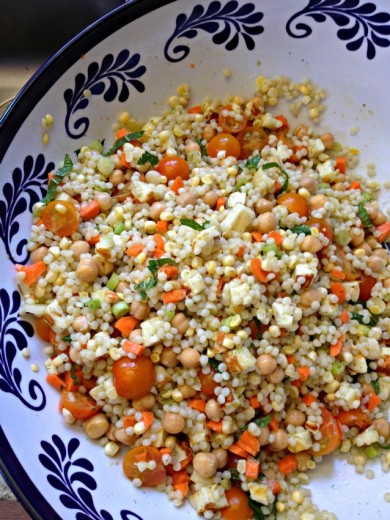
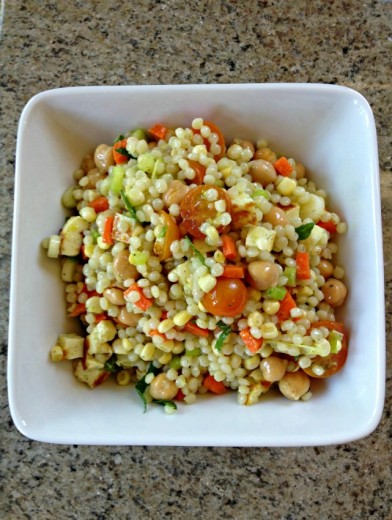
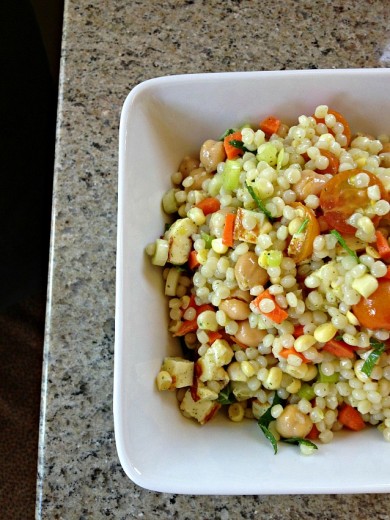
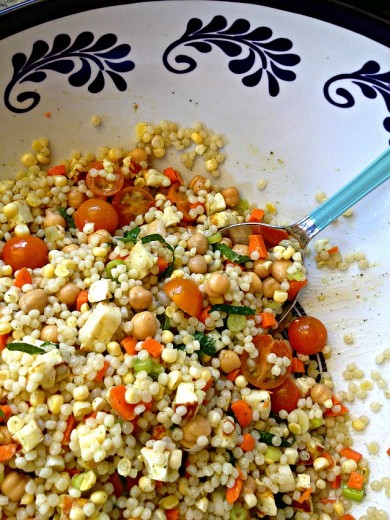

 Share
Share